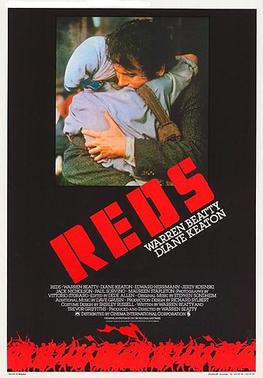
Reds is a 1981 American epic historical drama film, co-written, produced, and directed by Warren Beatty, about the life and career of John Reed, the journalist and writer who chronicled the October Revolution in Russia in his 1919 book Ten Days That Shook the World. Beatty stars in the lead role alongside Diane Keaton as Louise Bryant and Jack Nicholson as Eugene O'Neill.

Jane Therese Curtin is an American actress and comedian.
American International Pictures LLC is an American film production company owned by Amazon MGM Studios. In its original operating period, AIP was an independent film production and distribution company known for producing and releasing films from 1955 until 1980, a year after its acquisition by Filmways in 1979.

Susan Saint James is an American actress and activist, most widely known for her work in television during the 1960s, 1970s and 1980s, especially the detective series McMillan & Wife (1971–1976) and the sitcom Kate & Allie (1984–1989).
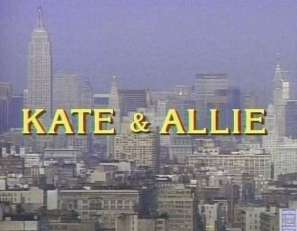
Kate & Allie is an American sitcom television series that aired on CBS from March 19, 1984, to May 22, 1989, starring Susan Saint James and Jane Curtin as two divorced mothers who decide to live together in the same home. The series was created by Sherry Coben.
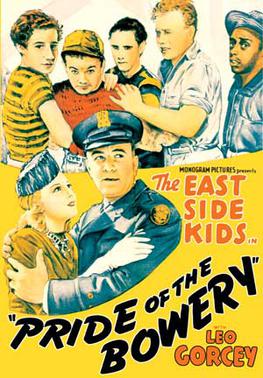
Pride of the Bowery is a black-and-white 1940 film and the fourth installment in the East Side Kids series. It was directed by Joseph H. Lewis and produced by Sam Katzman. It was released by Monogram Pictures on December 15, 1940.
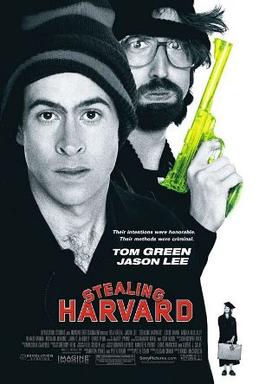
Stealing Harvard is a 2002 American slapstick action comedy film directed by Bruce McCulloch and written by Martin Hynes and Peter Tolan, about a man who resorts to crime to pay for his niece's Harvard tuition. The film stars Jason Lee and Tom Green with Leslie Mann, Dennis Farina, Richard Jenkins, John C. McGinley, Tammy Blanchard, and Megan Mullally. It was released on September 13, 2002 by Sony Pictures Releasing under their Columbia Pictures label. Film critic reviews were generally negative.
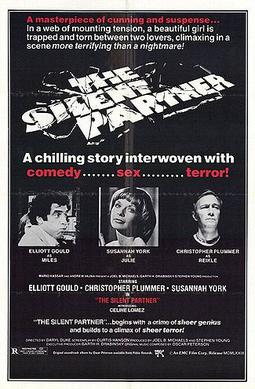
The Silent Partner is a 1978 Canadian thriller film directed by Daryl Duke and starring Elliott Gould, Christopher Plummer, and Susannah York. The screenplay by Curtis Hanson is based on the novel Think of a Number by Danish writer Anders Bodelsen, and is the third filmed adaptation of the novel.
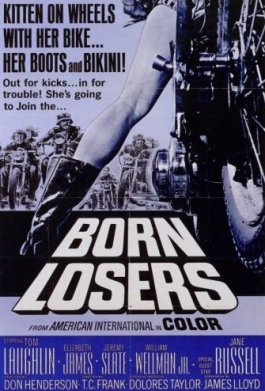
The Born Losers is a 1967 American outlaw biker film. The film introduced Tom Laughlin as the half-Indian Green Beret Vietnam veteran Billy Jack. Since 1954, Laughlin had been trying to produce his Billy Jack script about discrimination toward American Indians. In the 1960s he decided to introduce the character of Billy Jack in a quickly written script designed to capitalize on the then-popular trend in motorcycle gang movies. The story was based on a real incident from 1964 where members of the Hells Angels were arrested for raping two teenage girls in Monterey, California. The movie was followed by Billy Jack (1971), which saw AIP pull out of production midway through before others stepped in.

City of Industry is a 1997 American neo-noir crime thriller film starring Harvey Keitel, Stephen Dorff and Timothy Hutton. It is directed by John Irvin, produced by Evzen Kolar and Ken Solarz and written by Solarz.
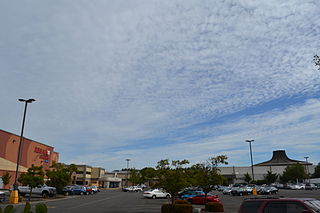
Valley River Center is a super-regional-class shopping mall located in Eugene, Oregon, U.S. It is the fourth largest shopping center between Portland and Sacramento. The mall features over 90 local and national stores and restaurants. Anchor stores include JCPenney, Macy's, Regal Cinemas, and Round One Entertainment. Located on the banks of the Willamette River, the mall is easily accessible by bike and walking paths.
$17.3 million in cash was robbed from the Charlotte, North Carolina, regional office vault of Loomis, Fargo & Co. on the evening of October 4, 1997. The robbery was committed by Loomis vault supervisor David Scott Ghantt, his married girlfriend Kelly Campbell, Steven Eugene Chambers, his wife Michelle Chambers, Michael Gobbies, and four other co-conspirators. An FBI criminal investigation ultimately resulted in the arrest and conviction of eight people directly involved in the heist, as well as sixteen others who had indirectly helped them, and the recovery of approximately 88% of the stolen money.

Girls in Prison is a 1956 American sexploitation women in prison drama film about a young woman who is convicted of being an accomplice to a bank robbery and is sent to an all-female prison. The film was directed by Edward L. Cahn, and stars Richard Denning, Joan Taylor, and Mae Marsh. American International Pictures released the film as a double feature with Hot Rod Girl.
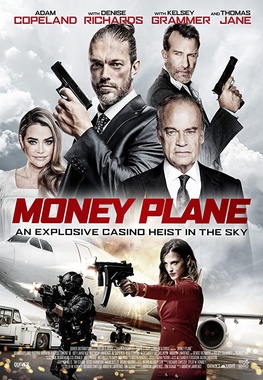
Money Plane is a 2020 American action film directed by Andrew Lawrence and starring Adam Copeland, Kelsey Grammer, Thomas Jane, and Denise Richards. It was released to video-on-demand services on July 10, 2020, by Quiver Distribution.
How I Paid for College: A Novel of Sex, Theft, Friendship, and Musical Theater is a 2004 teen novel, the first by American author Marc Acito. The story centers on Edward Zanni, a 17-year-old high school senior living in New Jersey, US in the early 1980s, whose ambition to ascend to the Juilliard School in New York City to study acting is quashed when his father refuses to pay his tuition fees.

Kasethan Kadavulada is a 1972 Indian Tamil-language heist comedy film written and directed by Chithralaya Gopu. The film stars Muthuraman and Lakshmi, with M. R. R. Vasu, Thengai Srinivasan, Srikanth, Moorthy, Manorama, Rama Prabha and Jayakumari in supporting roles. It focuses on a young man (Muthuraman) collaborating with his cousin (Srikanth) and friend (Srinivasan) to steal money from his stingy stepmother (Manorama).

The Scarlet Hour is a 1956 American film noir crime film directed and produced by Michael Curtiz, and starring Carol Ohmart, Tom Tryon, and Jody Lawrance. It was distributed by Paramount Pictures. Curtiz had previously directed such noted films as Casablanca, Yankee Doodle Dandy, and White Christmas. The screenplay was based on the story "The Kiss Off" by Frank Tashlin. The song "Never Let Me Go", written by Jay Livingston and Ray Evans, is performed by Nat King Cole. UCLA has an original 16 mm copy of the film in its Film and Television Archive.

Tower Heist is a 2011 American heist comedy film directed by Brett Ratner, written by Ted Griffin and Jeff Nathanson, based on a story by Bill Collage, Adam Cooper and Griffin and starring Ben Stiller and Eddie Murphy with Casey Affleck, Alan Alda, Matthew Broderick, Judd Hirsch, Téa Leoni, Michael Peña, and Gabourey Sidibe in supporting roles. The plot follows employees of an exclusive apartment building who lose their pensions in the Ponzi scheme of a Wall Street businessman and enlist the aid of a criminal, a bankrupt businessman, and an immigrant maid to break into his apartment and steal back their money while avoiding the FBI agents in charge of his case.

Dragstrip Girl is a 1957 film starring John Ashley in his first lead role. American International Pictures released the film as a double feature with Rock All Night and it proved an early success for the studio.
Jere Henshaw (1930–1993) was an American film executive. In the 1960s he was an executive at Universal.















